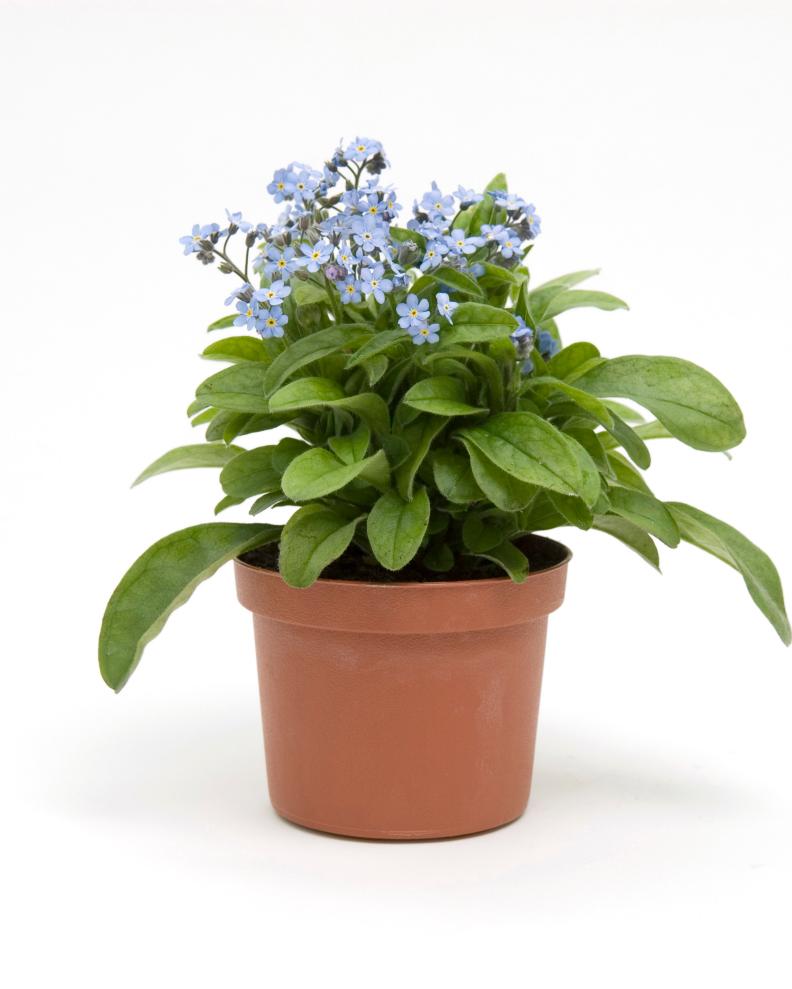1 / 11
Photo: Colorblends.com
Hyacinth
Fragrant hyacinths make great partners for spring daffodils, needing little more than full sun and well-drained soil mixed with plenty of organic matter. Hardy in USDA Hardiness Zones 4-8, hyacinths may produce fewer flowers after their first year in the garden, so some gardeners treat them as annuals. Look for varieties that range from 6-12” tall.









